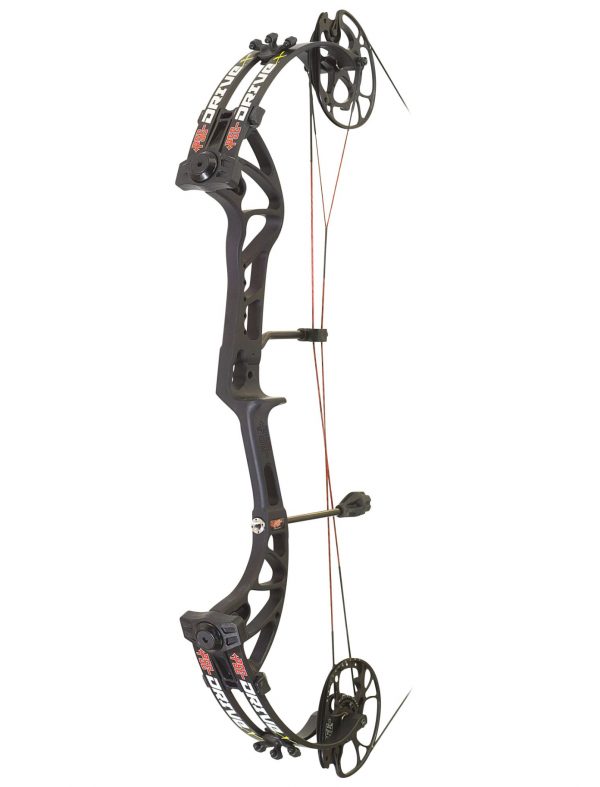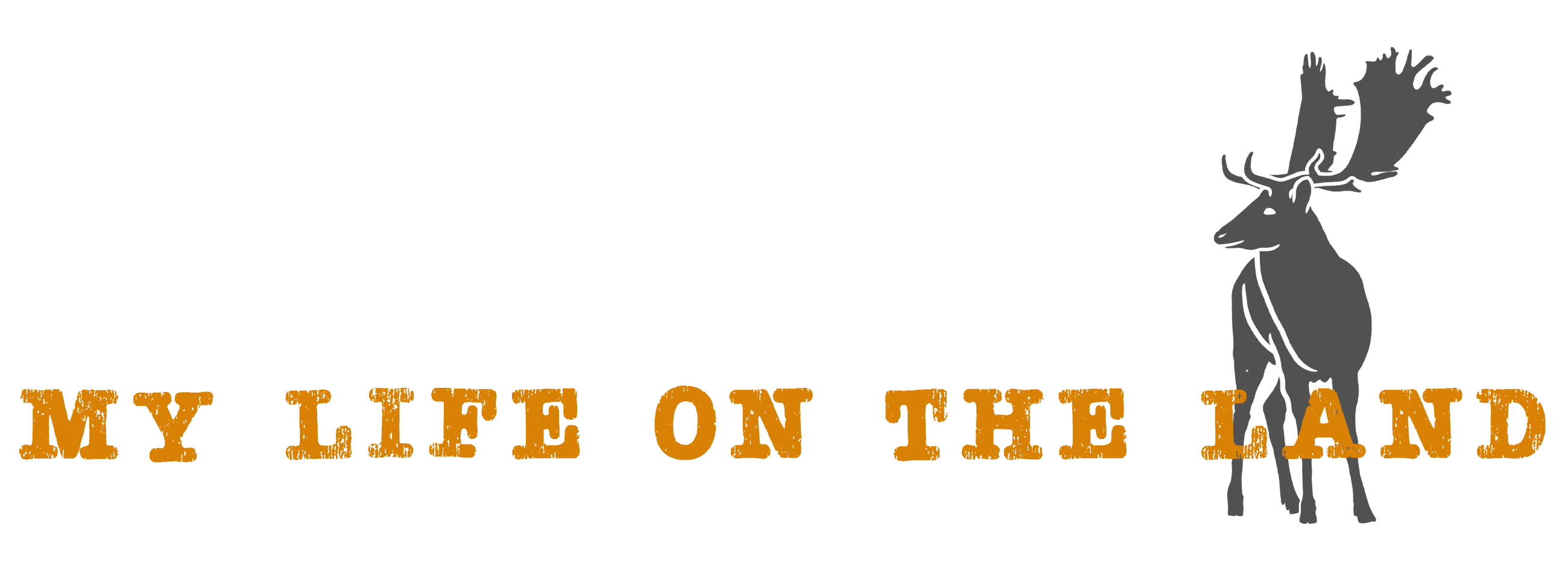Bowhunting is one of the fastest growing niche areas of hunting – particularly bowhunting amongst female hunters – but what do you need to actually get started bowhunting?
If you look at some of the hunting profiles on social media, it seems like everyone is getting a bowhunting – many courtesy of bowhunting superstar, Cam Hanes. If you haven’t had your new top-of-the-line bow personally delivered by Cam, are you even a hunter?
All jokes aside (we think Cam is doing a great job spreading the hunting tradition), if you do want to get into bowhunting but have no idea where to start, read on…
Tash and I got into bowhunting just last year so we are no experts but we have gone through the process of starting and made it out the other side (we’ve even managed to get a few animals on the ground between us). While our thoughts are obviously going to be aimed at getting into bowhunting as a woman, Dad also recently took up bowhunting and has some different experiences he’ll be sharing soon.
The bow
First things first – we don’t have Cam Hanes’ number so you’re probably going to have to buy your own bow like we did. I recommend going to an archery pro shop near you. This isn’t an absolute necessity but it is a really good idea if you don’t want to be overwhelmed. We see Roger at Tasmanian Archery Supplies.

They will help you figure out things like your draw length and bow poundage, which will ensure that you end up with a bow that fits you properly. Women often have shorter draw lengths and lower poundages than men.
If you don’t have a pro shop near you, there are some great videos online (like this one by John Dudley) to help you figure out your draw length.
Most compound bows from any of the well-known brands (PSE, Hoyt. Bowtech, Bear Archery etc.) will be adjustable. This will allow you to make changes to your poundage as you get stronger. Tash uses the PSE Stinger and I use the PSE Drive-R (newer Stinger Extreme and Drive-X models linked).
When it comes to poundage, for an adult female I would recommend starting with a 40-60 pound bow. They are often classified according to the highest poundage (e.g. a 40-60 pound bow would be marked as 60#). For an adult male, a bow that is adjustable between 50-70 pounds should be fine. Most of the big game species can be ethically taken with a compound bow between 50-70 pounds.
Bow accessories (the necessities)
After you choose a bow, you want a few accessories that are pretty crucial. A sight is the first. We started with standard 5-pin sights. As the name suggests, these can be tuned for 5 different distances (generally 20-60 yards). They are a simple way to get comfortable sighting in your bow and shooting at the most common ranges.
Now there are two parts to aiming a bow – a rear sight (e.g. a 5-pin) and a front sight (e.g. peep). This provides you with two reference points to make sure you are looking through your sight the same way every time. A peep is simply a small circle that gets fitted into your bow string. You look through that and your sight to aim.
The last addition to your bow (for now) should be an arrow rest. We’ve found the drop away rests (like this one from Apex Archery) to work best.

The pointy sticks
Once you have chosen your bow, you need some arrows and a target. Your basic carbon fibre arrow is a really good starting point.
Your arrows will need to be cut (either at a pro shop or you can order them precut on most archery websites for an extra fee) to your draw length. Easy as pie.
What is a little more tricky is choosing an arrow with the correct spine. Don’t freak out. I repeat, don’t freak out. There is a lot of fancy terminology in archery but you will get it soon enough.
In basic terms, the spine of the arrow is a measurement of how stiff the arrow is (e.g. how much it will bend under pressure). This needs to roughly match your poundage and your draw length. There are plenty of charts online to help you figure this out.
I like this one by Easton – it is simple and straightforward to use.
I would start with field points as broadheads can require some fiddling to get flying straight. Tash and I both shoot 125gr field points and broadheads. This is a good weight for beginnners and can be used to hunt a variety of species (fallow deer, whitetail, mule deer, red deer etc.).
Companies who make archery targets all claim to have unique, fancy features. You really just want something that stops your arrow and doesn’t require the use of every limb, your weightlifting brother and some WD40 just to pull your arrow back out. Tash and I use the 18-1 cube target by Rinehart.
Anything else?
Ok now that you have your bow and arrows, you want a decent release aid. There are a million different types of releases and every one will claim to have you shooting like Levi Morgan. Just get one that doesn’t break the bank. They are important to make sure that your arrow leaves your bow with as little interference as possible but you don’t have to buy the top of the line, gold plated release to start shooting. Wait until you befriend Cam then ask him for one 😉
An index finger release with a wrist strap is a good place to begin. Tash uses the Eva Shockey release from TruFire and I use the Shooter by TRU Ball.
One last tip I would give you is to join your local archery club or organisation. We are members of the Australian Bowhunters Organisation. They have clubs all around Australia where you can go to get some much needed practice (repetition is everything when it comes to archery) and to test your skills in organised competitions. They also play an important part in advocating for bowhunters and lobbying the government for positive reform. You can see more about their clubs and the work they do here.

More information
Here is a list of some other articles and videos that will help you get started.
- Learning to bow hunt – Tash has put together a step-by-step guide that includes instructions on how to measure your draw length, as well as some tips for how to start practicing.
- How to choose your arrows – as the name suggests, this is an in-depth guide to choosing arrows for bowhunting, and should help you learn what the key differences are, and how they will effect your bowhunting.
- Sighting in your compound bow – you only have to look at a compound bow to realise that the sights are pretty different to a rifle sight. We have put together an easy guide for how to sight in a fixed pin compound bow sight.
- Beginning Archery 101 and Beginning Archery 102 by John Dudley – these videos are a great starting point to teach you correct form for shooting a compound bow as well as introducing you to some of the important techniques and terminology in archery.
- ‘Proper form for shooting a bow’ by Steve Flores – this article teaches the basics of good archery form (with tips for when you’re out in the field). The website also has some other great articles to help you get started.
Bowhunting Gear

PSE Stinger

Hard Bow Case

Bow release

Accubow Training Tool

3D Archery Target

Field tips
See also

When to use a hunting guide
There is a pretty clear distinction between hunters who are willing to pay for guiding services and those who refuse

Tash first big bow hunt – the elusive Nyala
There’s a common misconception among non-hunters that trophy hunting in Africa is easy; that you just get out of a car, pick
Our other channels
Follow us on Facebook
Follow us on Instagram
YouTube
Subscribe to our YouTube channel.
Get our newsletter
Get our free monthly newsletter direct to your inbox
Listen on iTunes
Listen to our podcast on iTunes.
TV series
Watch I Am Hunter episodes on My Outdoor TV (MOTV)


3 thoughts on “What you need to start bowhunting”